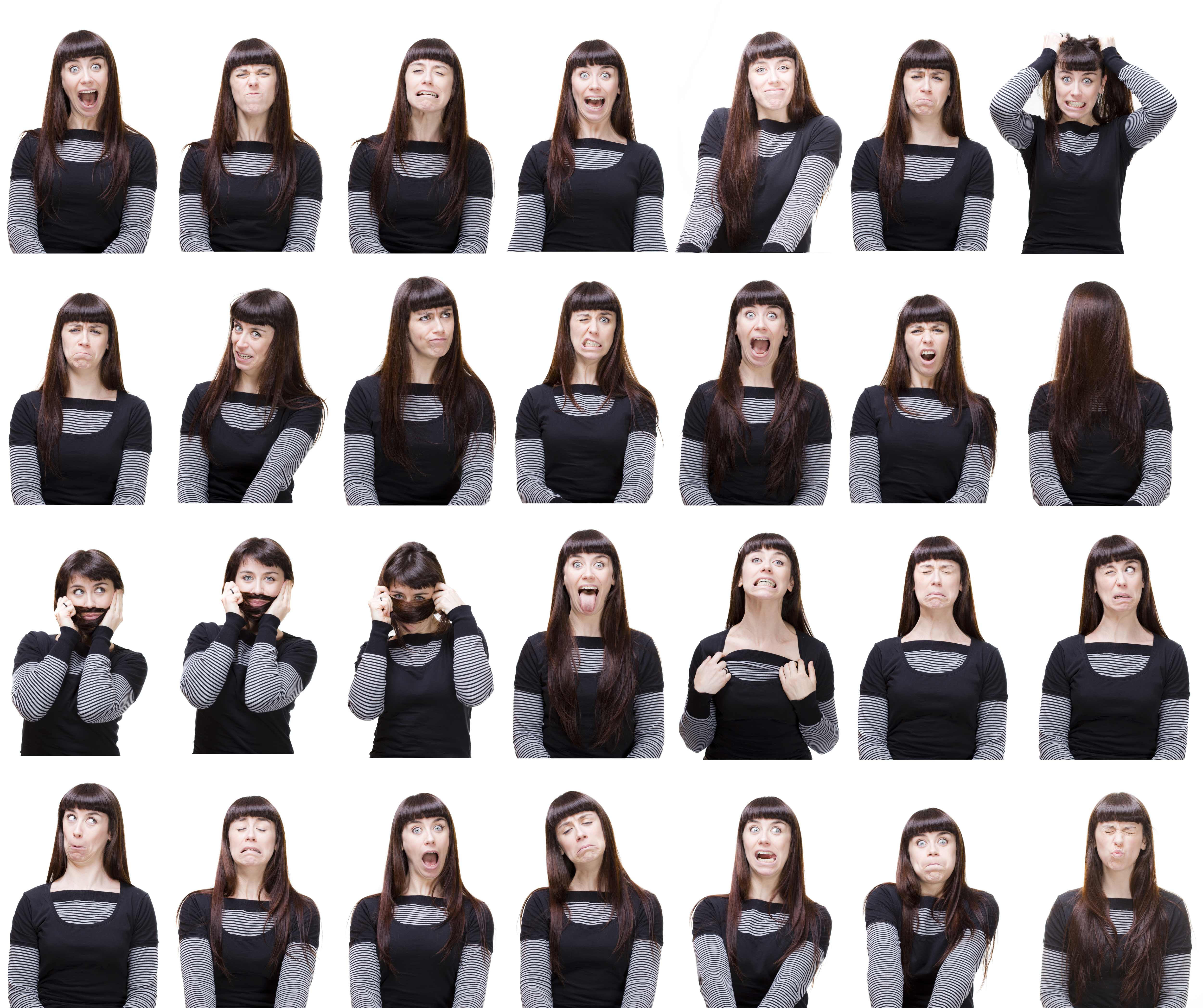 We spend a fair amount of this blog discussing the role of universal emotional expressions, but not everyone agrees.
We spend a fair amount of this blog discussing the role of universal emotional expressions, but not everyone agrees.
Some emerging research, such as a recent study by Drs. Carlos Crivelli and Alan Fridlund, has begun to challenge some fundamental ideas related to the concept of basic emotions. This research questions whether facial expressions reflect emotions at all but instead reflect intentional social action.
For example, Dr. Crivelli has spent months interacting with indigenous groups like the Trobrianders of Papua New Guinea and the Mwani of Mozambique. When many of these people are shown basic emotion expressions, Dr. Crivelli found that they declined to identify those expressions with emotions.
Instead, a smile was described as “laughing” or as a feeling of being in “raptured enchantment.” Dr. Crivelli noticed that these referred not to emotions as much as to behaviors and actions. He found similar results when replicating these analyses among the Himba people of Namibia or the Hadza in Tanzania.
Moreover, a 2017 meta-analysis found that often facial expressions are not representing the emotion we would thing they should be, based on basic emotion theory. Instead, co-author Dr. Rainer Reisenzein suggested that openly expressing one’s emotions could “[put] us at a disadvantage” in an evolutionary sense.
Dr. Fridlund emphasized a similar point, stressing that emotions have strategic social motivations. Perhaps individuals are not revealing inner states but are trying to convey a specific state to you, so that you will act accordingly.
While many would see this research as a challenge to the idea of basic emotions, this isn’t really the case. Instead, it just underscores the importance of both incorporating microexpression analysis and deception detection. Microexpressions are actually just basic emotional expressions that are displayed almost instantaneously.
These microexpressions are the key to seeing through the sort of deceptive expressions that the aforementioned studies discuss. Certainly, your peer may be using a facial expression in a way that doesn’t just display the emotion in question, but their emotion is not completely concealed. It comes out in the form of a microexpression.
Still, this new cultural research helps elaborate on two complexities. First, many researchers may take for granted that the presence of expressions as showing underlying emotions. Such perceptions must take into account the possibility that others’ expressions are being used instrumentally.
Second, we must revisit the perennial issue of how to contextualize basic emotions into the admittedly distinctive manifestations that we see across cultures. Instead of speaking in terms of underlying emotions, some indigenous groups can simply describe the behaviors. What does this say about deception in those cultures? About emotional openness?
These are even more reasons to see what Humintell can do to better let you read microexpressions and to allow us to incorporate cultural differences into our people reading.
 Why do we feel gratitude anyway?
Why do we feel gratitude anyway? The Olympics are also an incredible insight into the universality of emotional expressions.
The Olympics are also an incredible insight into the universality of emotional expressions.